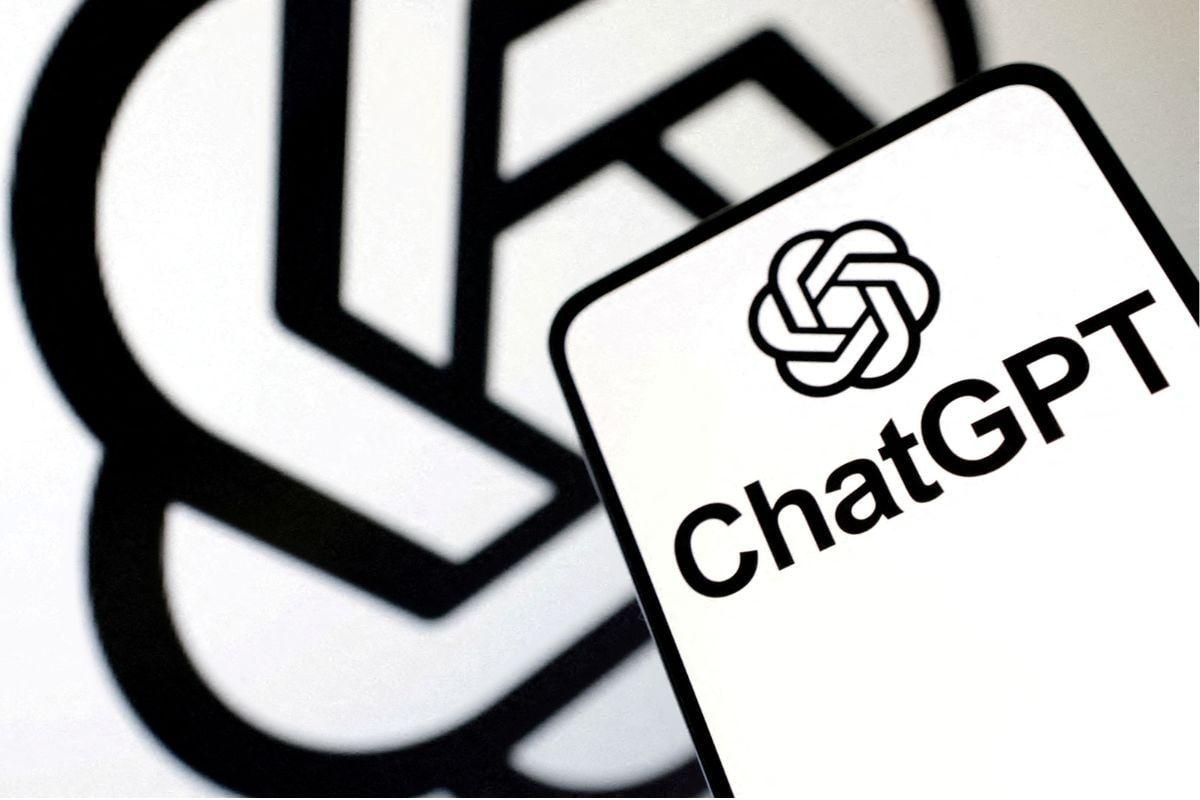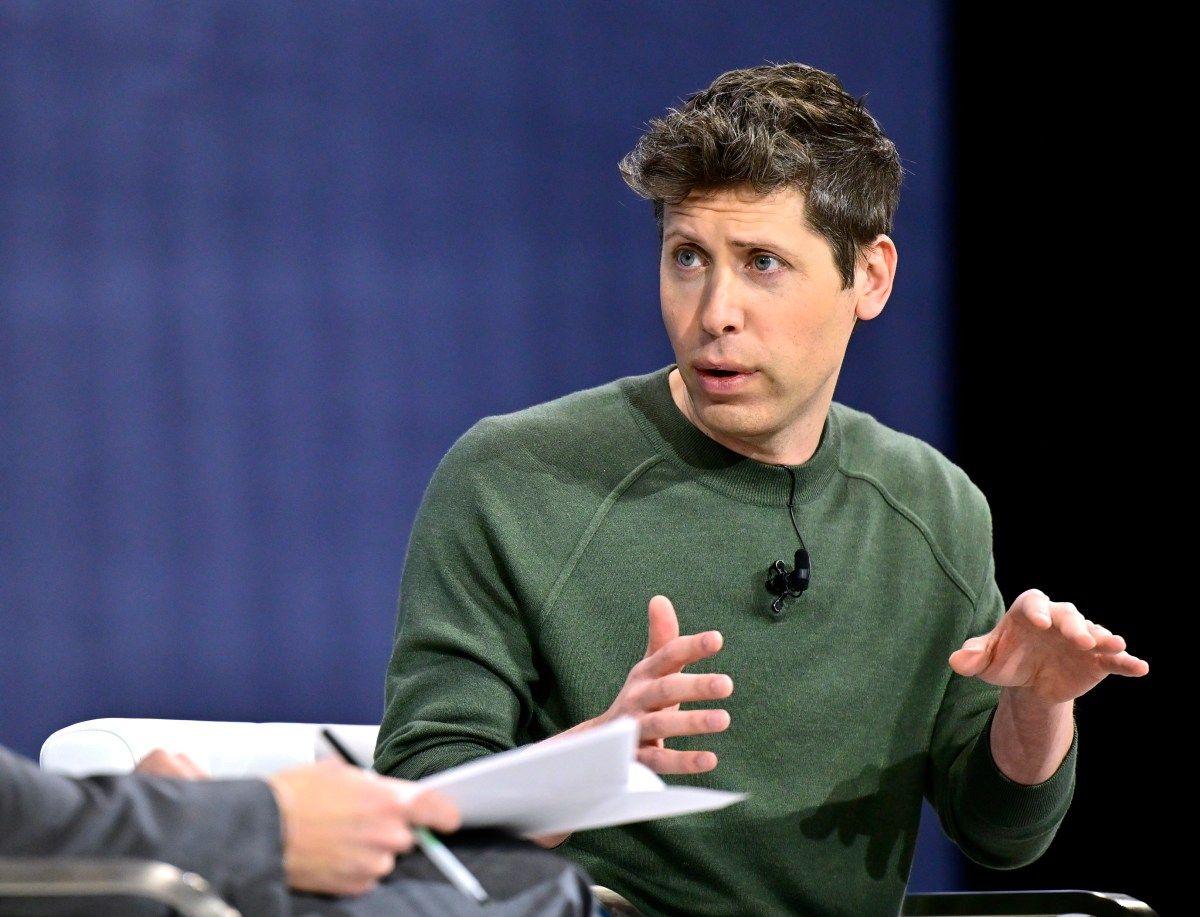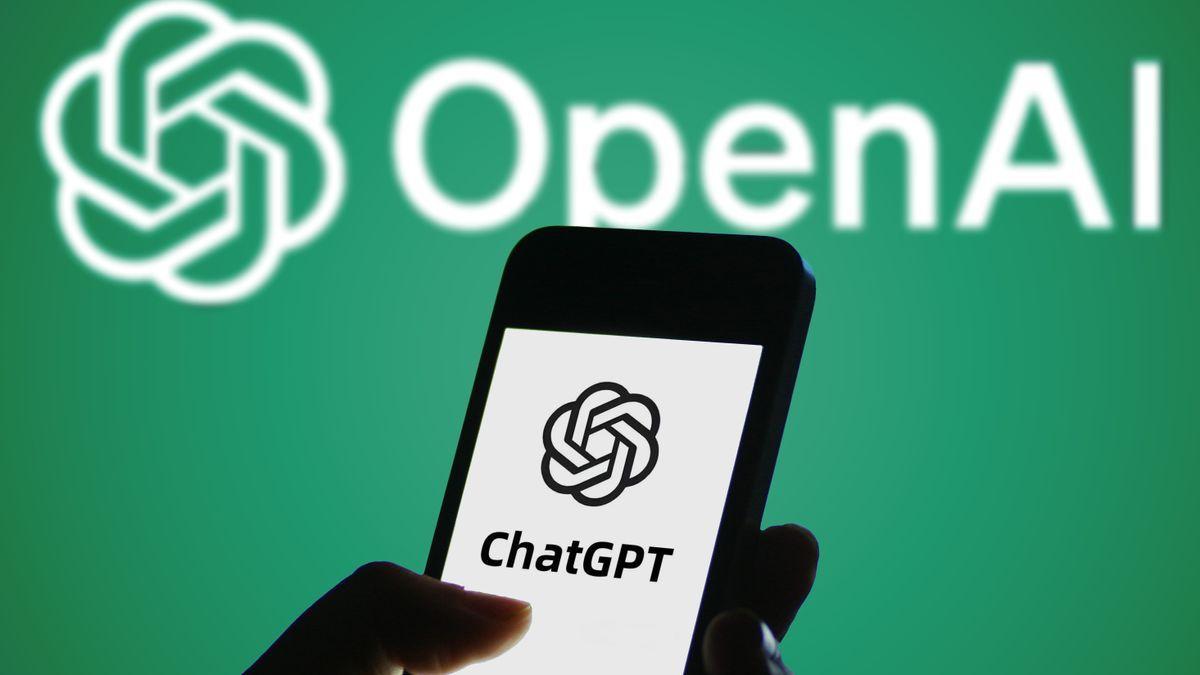OpenAI Delays Release of Open-Weight AI Model Citing Safety Concerns
8 Sources
8 Sources
[1]
OpenAI delays the release of its open model, again | TechCrunch
OpenAI CEO Sam Altman said Friday the company is delaying the release of its open model, which was already pushed back a month earlier in this summer. OpenAI had planned to release the model next week, however Altman said the company is pushing it back indefinitely for further safety testing. "We need time to run additional safety tests and review high-risk areas. we are not yet sure how long it will take us," said Altman in a post on X. "While we trust the community will build great things with this model, once weights are out, they can't be pulled back. This is new for us and we want to get it right." OpenAI's open model release is one of the most highly anticipated AI events of the summer, alongside the ChatGPT-maker's expected release of GPT-5. Through these launches, OpenAI will attempt to maintain its spot as Silicon Valley's leading AI lab -- an increasingly difficult tasks as xAI, Google DeepMind, and Anthropic invest billions of dollars in their own efforts. The delay means developers will have to wait a little longer to try the first open model OpenAI has released in years. TechCrunch previously reported that OpenAI's open model is expected to have similar reasoning capabilities to the company's o-series of models, and that OpenAI planned for it to be best-in-class compared to other open models. The ecosystem of open AI models became a little more competitive this week. Earlier on Friday, Chinese AI startup Moonshot AI launched Kimi K2, a one trillion parameter open AI model that outperforms OpenAI's GPT-4.1 AI model on several agentic-coding benchmarks. In June, when Altman announced the initial delays around OpenAI's open model, he noted that the company had achieved something "unexpected and quite amazing," but didn't elaborate on what that was. "Capability wise, we think the model is phenomenal -- but our bar for an open source model is high and we think we need some more time to make sure we're releasing a model we're proud of along every axis," said Aidan Clark, OpenAI's VP of research, in a post on X Friday. TechCrunch previously reported that OpenAI leaders have discussed enabling the open AI model to connect to the company's cloud-hosted AI models for complex queries. However, it's unclear if these features will make it into the final open model.
[2]
OpenAI Hits Pause on Its Meta Killer
The ChatGPT maker was about to release its first major open-weight model, but a last-minute discovery has put the project on ice, fueling speculation about what went wrong. OpenAI is delaying the release of its much-anticipated open-weight AI model, citing the need for “additional safety tests†and last-minute concerns over “high-risk areas," CEO Sam Altman announced on X (formerly Twitter). The decision lands in the middle of a brutal AI arms race, particularly with Meta, which has been aggressively poaching OpenAI talent and championing open-source models like Llama 3. The model, which was slated to drop this week, would be OpenAI’s first major open-weight system, meaning developers would be free to download and use the model's underlying code and data weights to build their own apps, research projects, or commercial tools. But as Altman pointed out, once these models are released, “they can’t be pulled back.†That’s the nature of open-source, and it’s exactly why this delay is raising eyebrows across the AI community. “While we trust the community will build great things with this model, once weights are out, they can’t be pulled back,†Altman wrote on X (formerly Twitter) on July 11. “This is new for us and we want to get it right.†In AI, “weights†are the millions of numerical values that act like the model's brain wiring, allowing it to make connections and decisions. When a company releases a model as “open-weight,†it’s not just sharing a blueprint; it’s giving away the fully functional brain. Developers are free to download it, modify it, and use it for everything from building chatbots and productivity tools to creating deepfakes and other malicious applications. Open-sourcing models accelerates innovation, but it also raises the risk of misuse, misinformation, and untraceable custom versions. That’s why the decision to delay, while frustrating to many, signals that OpenAI is trying to tread cautiously, especially as criticism around AI safety and “model leaking†intensifies. According to developer chatter online, the delay may have been triggered by a major technical issue discovered just before launch. The rumored model was expected to be smaller than Kimi K2â€"the new open-weight model from Chinese AI startup Moonshot AI that reportedly clocks in at nearly a trillion parametersâ€"but still “super powerful,†according to early testers. Kimi K2, which is taking on ChatGPT with impressive coding capabilities at a lower price, was released on July 11, the same day as Altman's announcement. While some online speculators blamed the delay on Kimi’s unexpectedly strong performance and a fear of being outshone, there’s no confirmation of that from OpenAI. What is clear is that the company is feeling the pressure to deliver something that is safe, fast, and competitive. OpenAI’s delay comes at a time when Meta is eating its lunch, at least in the open-source department. Mark Zuckerberg’s company has released increasingly powerful open-weight models like Llama 3, all while quietly hiring away top OpenAI researchers. The talent war is real, and it’s affecting timelines and strategy across the board. By delaying this release, OpenAI may be hoping to avoid a flawed launch that could dent its credibility at a critical moment. But it also risks falling further behind Meta, which has already become the go-to platform for developers looking to build with transparent, modifiable AI tools. OpenAI hasn’t offered a new timeline for the release. That silence is fueling speculation that the delay could last weeks. If retraining is truly on the table, it could push the launch closer to the fall. For now, the open-source community is in wait-and-see mode. And the question hanging over it all: Can OpenAI deliver a model that is powerful, safe, and competitive enough to match Meta’s momentum and keep the Chinese rivals at bay? In other words, can they get it right before someone else does?
[3]
OpenAI delays open-weight model as Chinese rivals close in
OpenAI Chief Executive Officer Sam Altman said on social media January 12 that the company will release an open-weight model next week, citing the need for additional safety testing as the reason for delays. The announcement comes as Meta Platforms Inc. faces questions about its commitment to open-source AI following heavy investments in talent recruitment. Chinese firms quietly gain ground Chinese companies are quietly expanding their influence through open-source models, forcing US firms to reassess their resource allocation between proprietary and open-source strategies. Meta previously led open-source AI development with its Llama series, gaining widespread adoption, though the company lacks a clear monetization strategy for freely downloadable models. CEO Mark Zuckerberg has reduced public discussions about open source, fueling speculation that Meta may scale back its commitment to focus on proprietary models and maximize returns on high-cost talent. Other companies releasing open-source models include Alphabet, Nvidia, Microsoft's Azure unit, and Mistral AI, alongside Chinese firms DeepSeek and Alibaba. OpenAI only publicly committed to open sourcing after DeepSeek's emergence. What counts as "open source"? Industry debate continues over what constitutes true open source, with some questioning whether releasing model weights without training datasets and architectures qualifies. Releasing model weights appears to be the current minimum standard. Altman indicated in February 2025 that OpenAI's open-source approach may target GPU-supported models like o3-mini or mobile applications. A poll on X showed 53.9% of respondents favored the o3-mini-level model. The company delayed the open-weight model release pending safety tests and risk assessments in high-risk areas. While Altman expressed confidence in community responsibility, he noted that model weights cannot be retracted once released. Performance gap narrows temporarily The State of AI first quarter 2025 report by Artificial Analysis found that DeepSeek's R1 model briefly narrowed the gap between open-source and closed-source models earlier this year. However, releases of OpenAI's o4-mini and Google's Gemini 2.5 Pro restored the closed-source models' lead. The report ranks OpenAI, Alphabet, and xAI among the top closed-source providers, while Alibaba Group, Nvidia, DeepSeek, and Meta lead open-source performance. While US companies prioritize proprietary large models and treat open-source as secondary, Chinese companies are expanding influence through open-source releases. OpenAI's positioning of its open-source models and Meta's future commitment will shape the competitive balance between China and the US in AI development.
[4]
OpenAI's Open-Source Reasoning AI Model Delayed Again Due to This Reason
The open-source model is said to be on par with the o-series models OpenAI announced the release of its open-source artificial intelligence (AI) model has been delayed again. On Saturday, the company's CEO, Sam Altman, said that due to additional time required to run safety tests, the release of the AI model was delayed indefinitely. This is the second such delay, after the company postponed the release in June. It is said that the San Francisco-based AI firm's first open-source release since 2019, and the first-ever reasoning-focused AI model release. In April, the company shared an "Open model feedback" form to understand what developers wanted to do with the model. In a post on X (formerly known as Twitter), Altman said, "We planned to launch our open-weight model next week. We are delaying it; we need time to run additional safety tests and review high-risk areas. We are not yet sure how long it will take us." The announcement comes at a time when OpenAI is also gearing up for the launch of the next generation of its frontier AI model, GPT-5. In recent months, its rivals, such as Google, Anthropic, and Alibaba, have released flagship-grade AI models that have outperformed OpenAI's latest models on several benchmarks. Additionally, these companies (in addition to Meta and xAI) have also made significant contributions to the open community. Alibaba was the latest to join the trend as it open-sourced the company's Ernie AI models. OpenAI's planned open-source contribution was likely a strategic move to position itself as a leader in this space among both enterprises and consumers (with the GPT-5 proprietary model), and developers (with the open-source model). Neither has arrived so far. According to a TechCrunch report, the AI firm is planning to release an AI model which is comparable to its o-series large language models (LLMs). However, the company is only planning to release the model weights to the open community. This means developers and enthusiasts will be able to download the model, fine-tune its parameters, and run it locally. However, they will not be able to learn about its training methods and architecture to replicate building a similar model, or build on top of it.
[5]
OpenAI delays launch of open-weight AI model for additional safety testing - The Economic Times
OpenAI CEO Sam Altman announced on Saturday that the company is postponing the release of its much-anticipated open-weight AI model, due for launch next week. In a post on X, Altman said that the delay is needed to conduct safety tests on the model and review high-risk areas, emphasising the unprecedented nature of releasing such a model and the irreversible nature of publishing model weights. "We need time to run additional safety tests and review high-risk areas. We are not yet sure how long it will take us," Altman wrote, adding, "While we trust the community will build great things with this model, once weights are out, they can't be pulled back." This is the second time OpenAI's open model release has been pushed, pointing to the company's cautious approach around AI safety and governance. The open-weight model is supposed to have reasoning capabilities similar to the ChatGPT maker's o-series models. Altman's attention to safety also comes as the company faces scrutiny around its leadership and safety culture. Multiple senior executives have left the company, saying that it no longer prioritises safety around the technology.
[6]
OpenAI Postpones Open Model Release Indefinitely: 'We Need Time,' Says Sam Altman
Enter your email to get Benzinga's ultimate morning update: The PreMarket Activity Newsletter OpenAI CEO Sam Altman announced on Friday that the company is delaying the release of its open model, which had already been postponed earlier this summer. What Happened: The release, initially scheduled for next week, is now on hold indefinitely to allow for additional safety testing, according to a TechCrunch report. Altman emphasized the need for further safety evaluations and a review of high-risk areas. "We need time to run additional safety tests and review high-risk areas. We are not yet sure how long it will take us," Altman stated in a post on X. He added that while the community is expected to create significant advancements with this model, once the weights are released, they cannot be retracted. Subscribe to the Benzinga Tech Trends newsletter to get all the latest tech developments delivered to your inbox. The open model's release is one of the most anticipated AI events this summer, alongside the expected launch of GPT-5 by OpenAI. Unlike GPT-5, the open model will be available for developers to download and operate locally. TechCrunch noted that the delay means developers will have to wait longer to access OpenAI's first open model in years. See Also: Elon Musk Teams Up With Philippine Billionaire For Satellite Internet Service In Southeast Asia: Report Chinese AI startup Moonshot AI launched Kimi K2, a one-trillion-parameter open AI model, which reportedly surpasses OpenAI's GPT-4.1 in several benchmarks. OpenAI's VP of research, Aidan Clark, stated that while the model is "phenomenal," the company aims to ensure it meets high standards before release. Why It Matters: The delay in OpenAI's open model release comes amid a highly competitive landscape in the AI industry. Recently, Elon Musk's xAI launched Grok 4, touted as the most powerful AI model, surpassing OpenAI's ChatGPT. This model is available through a premium subscription, indicating a shift towards monetizing advanced AI capabilities. Additionally, Google recently secured a $2.4 billion deal with Windsurf Technology, acquiring key personnel and technology to bolster its AI capabilities. This move highlights the fierce competition among tech giants to dominate the AI sector. OpenAI's recent recruitment of Apple's data center chief and its $6.4 billion acquisition of Jony Ive's hardware startup underscore its commitment to enhancing its infrastructure and technological prowess. These strategic moves are crucial as OpenAI navigates the challenges of releasing its open model amid rising competition and technological advancements. Read Next: Elon Musk Rejects Reports That xAI Is Looking To Raise Additional Funds At $200 Billion Valuation: 'We Have Plenty Of Capital' Disclaimer: This content was partially produced with the help of AI tools and was reviewed and published by Benzinga editors. Photo courtesy: jamesonwu1972 / Shutterstock.com Market News and Data brought to you by Benzinga APIs
[7]
OpenAI Pulls Brakes on Open-Weight AI Model: Altman Sounds Alarm Over Safety Risks
OpenAI Delays Open-Weight AI Model Launch Again, Altman Says More Safety Checks Needed Before Irreversible Release OpenAI has delayed the release of its highly anticipated open-weight AI model, which was scheduled to debut next week. The announcement came from CEO Sam Altman via a tweet on X. He also mentioned additional safety testing and a more extensive review of high-risk features. "We had planned to roll out our open-weight model next week... We are holding back," Altman wrote, adding, "We must have time to conduct further safety testing and examine high-risk zones... We are not yet certain how long it will take us."
[8]
Sam Altman confirms delay in OpenAI's open-weight model: What is it and how does it work?
OpenAI's open-weight AI model aims to rival DeepSeek R1 and Meta's Llama OpenAI's decision to delay its first open-weight model since GPT-2 has sparked widespread discussion in the AI community. Initially slated for a July 2025 release, the launch is now indefinitely postponed as OpenAI prioritizes extensive safety testing and integrates an unexpected research breakthrough. This move underscores the complex interplay between rapid innovation, competitive pressures, and the ethical responsibilities of deploying powerful AI systems. What does this delay mean for developers, the broader AI ecosystem, and the future of open-weight models? Also read: Gemma 3n: Google's open-weight AI model that brings on-device intelligence Open-weight models occupy a nuanced space between proprietary black boxes and fully open-source AI. Unlike open-source models, which disclose everything from architecture to training data, open-weight models offer only the trained parameters, the "weights" that give the model its learned intelligence. These allow developers to run, fine-tune, or adapt the model for local or domain-specific applications, from chatbots and coding tools to medical diagnostics and scientific analysis. However, once released, the weights are permanent. They can't be updated, recalled, or remotely shut down. That's where the stakes rise dramatically. OpenAI's forthcoming open-weight model is rumored to rival its powerful o3-pro model in reasoning capability, potentially surpassing industry standouts like Meta's Llama or DeepSeek's R1. The flexibility it would offer to startups, researchers, and governments alike is immense. But so is the risk of misuse ranging from disinformation and synthetic media to cyberattack vectors. Announced in July 2025, this marks the second delay for the model, originally planned for June. A significant research breakthrough, described as unexpected, prompted additional time to refine the model's performance and ensure it meets high standards. More critically, safety concerns are at the forefront. Unlike cloud-based APIs, which can be updated or restricted, open-weight models cannot be recalled once released, amplifying the potential for misuse. OpenAI is conducting rigorous testing under its Preparedness Framework to evaluate and mitigate risks, motivated in part by recent industry incidents involving AI misuse that highlighted reputational and ethical challenges. Also read: ROCm 7: AMD's big open-source bet on the future of AI This cautious approach reflects a broader commitment to responsible AI development, even if it means delaying a highly anticipated release in a fiercely competitive landscape. OpenAI faces intense competition from companies like Meta, Mistral, and DeepSeek, who have gained traction with open-weight and open-source models. DeepSeek's R1, praised for its reasoning prowess, has set a high bar, and OpenAI's delay risks ceding ground to these rivals. To maintain engagement, OpenAI is hosting developer events in San Francisco, Europe, and Asia-Pacific, showcasing prototypes and collecting feedback through a website form. Speculation suggests potential partnerships with platforms like Azure or Hugging Face, which could broaden access while allowing OpenAI to retain some oversight over the model's distribution and use. The delay has elicited mixed reactions. Some developers value the emphasis on safety, recognizing the need to prevent misuse in a model that cannot be retracted. Others, particularly startups, face disruptions, having built project timelines around the expected release and now pivoting to alternatives like DeepSeek's R1 or Meta's Llama. The broader AI community views the delay as a step toward responsible development, setting a precedent for prioritizing safety in an era of rapid innovation. With no confirmed release date, uncertainty surrounds the model's final capabilities, potential restrictions, and the nature of the research breakthrough. The delay highlights the high stakes of AI development, where the drive for innovation must coexist with rigorous safety measures. OpenAI's open-weight model has the potential to redefine the AI landscape, offering developers a powerful, customizable tool to drive innovation if it can meet the lofty expectations set by its creators.
Share
Share
Copy Link
OpenAI postpones the launch of its highly anticipated open-weight AI model for the second time, citing the need for additional safety testing and review of high-risk areas. The delay comes amidst growing competition in the AI industry and raises questions about the balance between innovation and responsible AI development.
OpenAI Postpones Open-Weight Model Release
OpenAI, the company behind ChatGPT, has announced a second delay in the release of its highly anticipated open-weight AI model. CEO Sam Altman cited the need for "additional safety tests" and a review of "high-risk areas" as the primary reasons for the postponement
1
. This decision comes at a crucial time for OpenAI, as it faces increasing competition in the AI industry and scrutiny over its commitment to AI safety.
Source: Gadgets 360
The Significance of Open-Weight Models
Open-weight models are AI systems where developers can access and modify the underlying code and data weights. This allows for greater customization and innovation but also raises concerns about potential misuse. As Altman noted, "Once weights are out, they can't be pulled back," highlighting the irreversible nature of this release
2
.Competitive Landscape and Industry Reactions
The delay occurs amidst a fierce AI arms race, with companies like Meta, Google DeepMind, and Anthropic investing billions in their own AI efforts. Chinese startups are also making significant strides, with Moonshot AI recently launching Kimi K2, a one trillion parameter open AI model that reportedly outperforms OpenAI's GPT-4.1 on several benchmarks
1
.Open-Source Debate and Standards
The AI community continues to debate what constitutes true open-source AI. While some argue that releasing model weights is sufficient, others contend that full transparency requires sharing training datasets and architectures
3
. OpenAI's approach of releasing only model weights has sparked discussions about the balance between openness and proprietary advantage.Related Stories
Safety Concerns and Industry Implications

Source: TechCrunch
OpenAI's cautious approach reflects growing concerns about AI safety and governance. The company faces scrutiny over its leadership and safety culture, with some former executives claiming that safety is no longer a priority
5
. This delay may impact OpenAI's position in the market, especially as competitors like Meta and Chinese firms expand their influence through open-source releases.Future Outlook and Expectations
While OpenAI has not provided a new timeline for the release, speculation suggests the delay could last weeks or even push the launch closer to fall
2
.
Source: Digit
The AI community eagerly awaits further updates, as this release could significantly impact the balance between closed and open-source AI development.
As the AI landscape continues to evolve rapidly, OpenAI's decision to prioritize safety over speed of release may set a precedent for responsible AI development. However, it remains to be seen how this delay will affect the company's competitive position and the broader trajectory of AI innovation.
References
Summarized by
Navi
[2]
Related Stories
OpenAI Delays Open-Weight Model Release, Promises "Unexpected and Amazing" Advancements
11 Jun 2025•Technology

OpenAI Announces Plans to Release First Open-Weight Language Model Since 2019
01 Apr 2025•Technology

OpenAI Faces Scrutiny Over Shortened AI Model Safety Testing Timelines
11 Apr 2025•Technology








